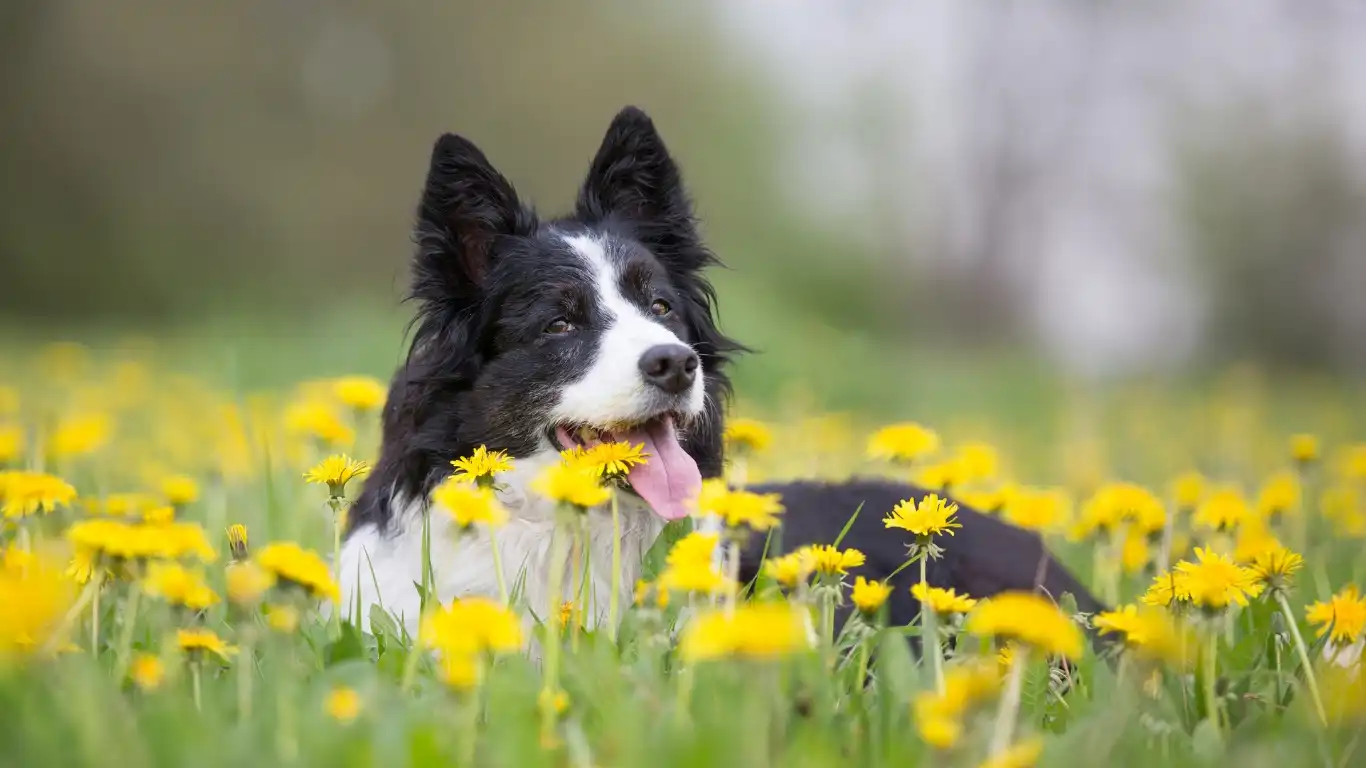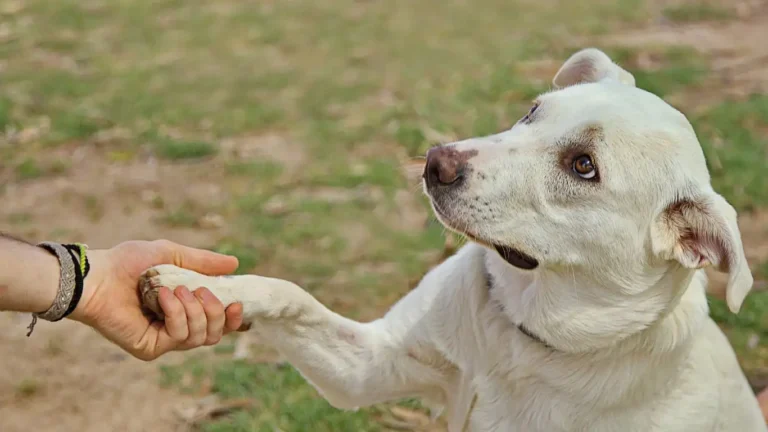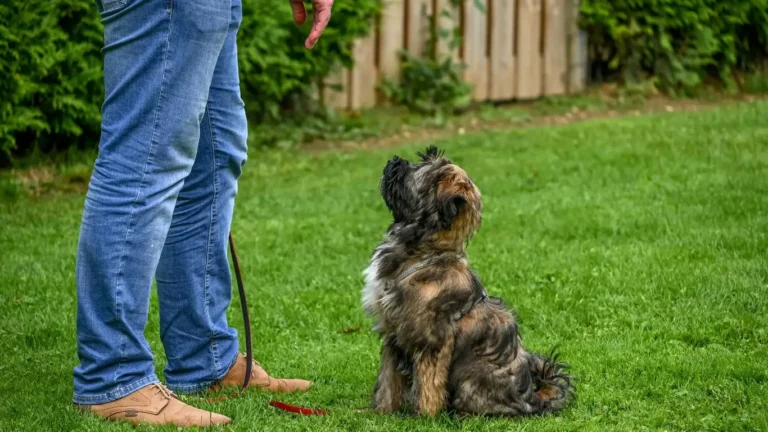How to Introduce a Dog to a Pet Sitter: Expert Tips for a Smooth Transition
Introducing a dog to a new pet sitter can feel like a big deal. As a Veterinary Technician/Nurse specializing in Nutrition, I’ve seen it all – the anxiety in dogs, the nervous energy of pet owners, and the relief when everything goes smoothly. It’s one of those situations where you want everything to be perfect, but you’re not always sure where to begin. I totally get it, and I’m here to help guide you through the process. In this post, I’ll share everything I’ve learned over the years to make the transition easier for both you and your dog. Whether it’s their first time with a sitter or they’ve been through it before, a smooth introduction is key. So, let’s dive into how to introduce a dog to a pet sitter in a way that feels natural and comforting for your furry friend.
Why Is the Introduction So Important?
We all know that dogs are creatures of habit. Their routine is what makes them feel secure, and introducing a new person into that routine can shake things up. A proper introduction isn’t just about getting your dog to like the sitter. It’s about creating a sense of trust, comfort, and security for your dog during what could be a stressful time. Trust me, I’ve worked with many dogs who were initially hesitant or even fearful around new faces, but with the right approach, they quickly warmed up. When you do it right, you’re setting the stage for a successful and peaceful experience for everyone involved. But how do you make that initial step as smooth as possible? Let’s break it down.
Start With a Familiar Environment
One of the most effective ways to help your dog feel comfortable around a new pet sitter is to introduce them in a familiar setting. Think about it – when we’re nervous, we gravitate toward places and people that make us feel safe. The same goes for dogs. If your dog is already in their own environment, they’re more likely to feel relaxed and open to meeting someone new.
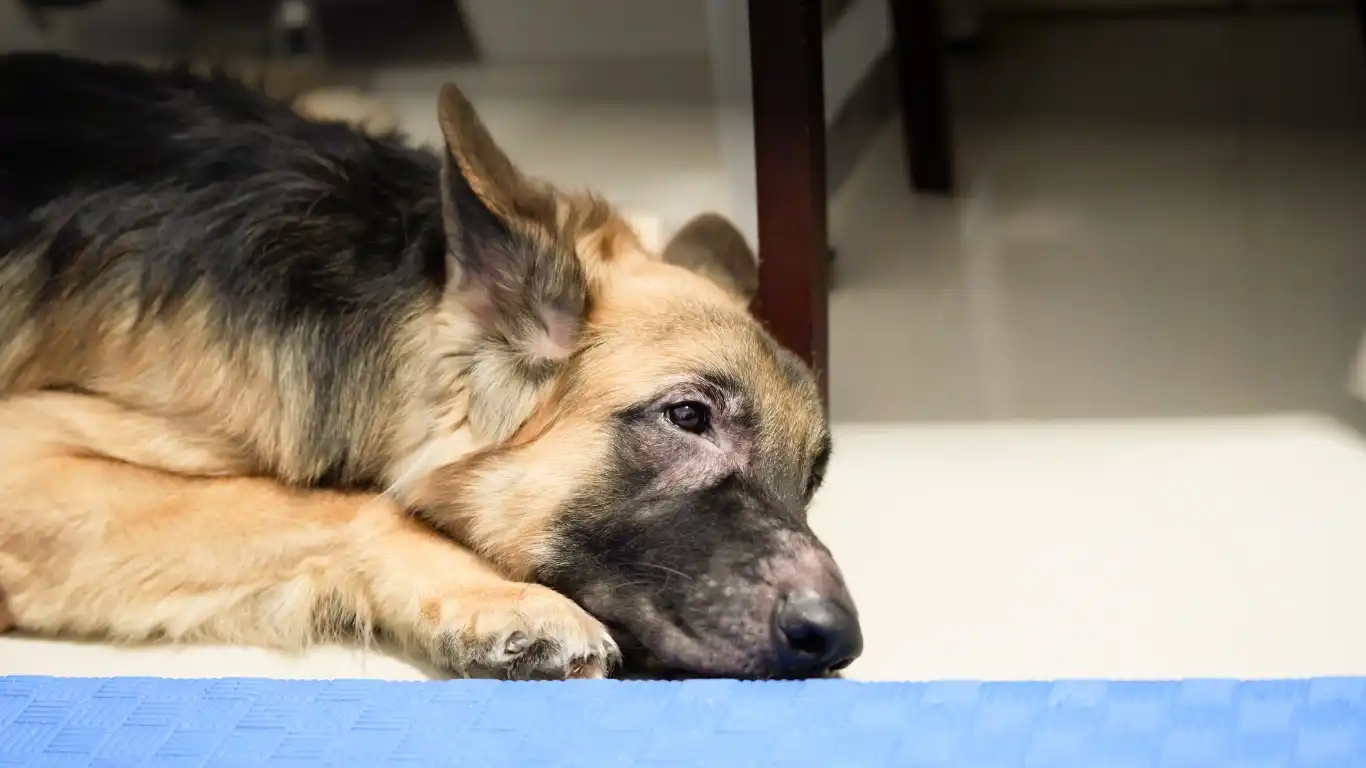
When introducing a pet sitter, it’s best to keep your dog’s regular environment intact. This means you should ideally have the sitter come to your home for the first few visits. This setup minimizes the stress of travel or sudden changes in scenery. You can start with something as simple as having the sitter sit in a calm area of your home while your dog stays in their usual spot. If your dog is hesitant, let them approach the sitter at their own pace – no rushing. Allowing your dog to move at their own speed is key to a successful intro.
Let Your Dog Take the Lead
As tempting as it may be to rush the process, it’s crucial to allow your dog to make the first move. You’ve probably noticed that your dog can be super intuitive, often reading situations in ways we might miss. So, it’s important to let your dog approach the sitter on their terms. When you bring the sitter in, avoid overwhelming your dog with too much excitement or trying to force an interaction.
- Allow your dog to sniff the sitter’s hand first.
- Let them observe the sitter from a distance before making any moves.
- Offer lots of praise and rewards when they show interest in the sitter.
Don’t forget – body language is key. Dogs communicate a lot through their body language, and you can learn a lot by simply observing their cues. If they seem uncertain, give them some space. If they’re curious, let them explore. The goal here is to let your dog set the pace, and your job is to be patient and encouraging.

Creating Positive Associations
Another great way to ease the process of introducing a dog to a pet sitter is by creating positive associations. Think about how dogs learn through repetition and rewards – if you tie something enjoyable to the situation, your dog will start to associate the sitter with something positive. I’ve seen it time and time again with my clients; dogs who initially resisted the sitter ended up forming bonds with them when their interactions were paired with treats, playtime, or even just their favorite blanket.
- Have the sitter bring along a special treat your dog loves.
- Use toys or games your dog enjoys to break the ice.
- Keep initial sessions short and sweet to avoid overwhelming your dog.
Consistency is key. If your dog associates the sitter with good things, they’ll be more likely to look forward to their visits in the future. Plus, when you combine a familiar environment with positive experiences, your dog starts to trust that the sitter is someone they can feel comfortable with. It’s a win-win.
Take It Slow: Don’t Rush the Process
Remember, every dog is different. Some dogs may warm up to new people right away, while others may take a bit more time. It’s crucial to let the process unfold naturally. While it can be frustrating waiting for your dog to warm up to someone, pushing them too hard can backfire. I can’t tell you how many times I’ve seen a dog start to relax, only for the owner to try to speed things up, which makes the dog more anxious. Patience really is the name of the game here.
In my experience, dogs who are given the time they need to adjust to a new person are more likely to develop a strong and trusting bond with that person over time. And when that bond is formed, it makes future sittings so much easier. So, don’t worry if things don’t click right away; just keep the pace comfortable for your dog.
What to Do If Your Dog Is Really Anxious
Despite your best efforts, some dogs may experience a level of anxiety that requires extra attention. If your dog shows signs of distress during the introduction, it’s important to stay calm and manage the situation as best as you can. But don’t worry – it’s not the end of the world. There are several strategies you can try to help ease their nerves.

In the next section, I’ll dive into some of the most effective ways to manage dog anxiety during pet sitter introductions, but for now, just remember: a little patience, calmness, and consistency can go a long way in helping your dog feel comfortable with a new sitter.
Managing Anxiety During the Introduction
As we mentioned earlier, introducing a dog to a pet sitter can come with some bumps along the way, especially if your dog is naturally anxious. Over the years, I’ve worked with so many dogs who were nervous about strangers, and I can tell you, the key is to stay calm and patient. You see, dogs are like sponges—they can absorb your energy. If you’re anxious or rushed, your dog will pick up on that and feel more stressed themselves. So, what can you do if your dog is struggling with the introduction? Let’s talk about some practical strategies that can help ease their nerves.
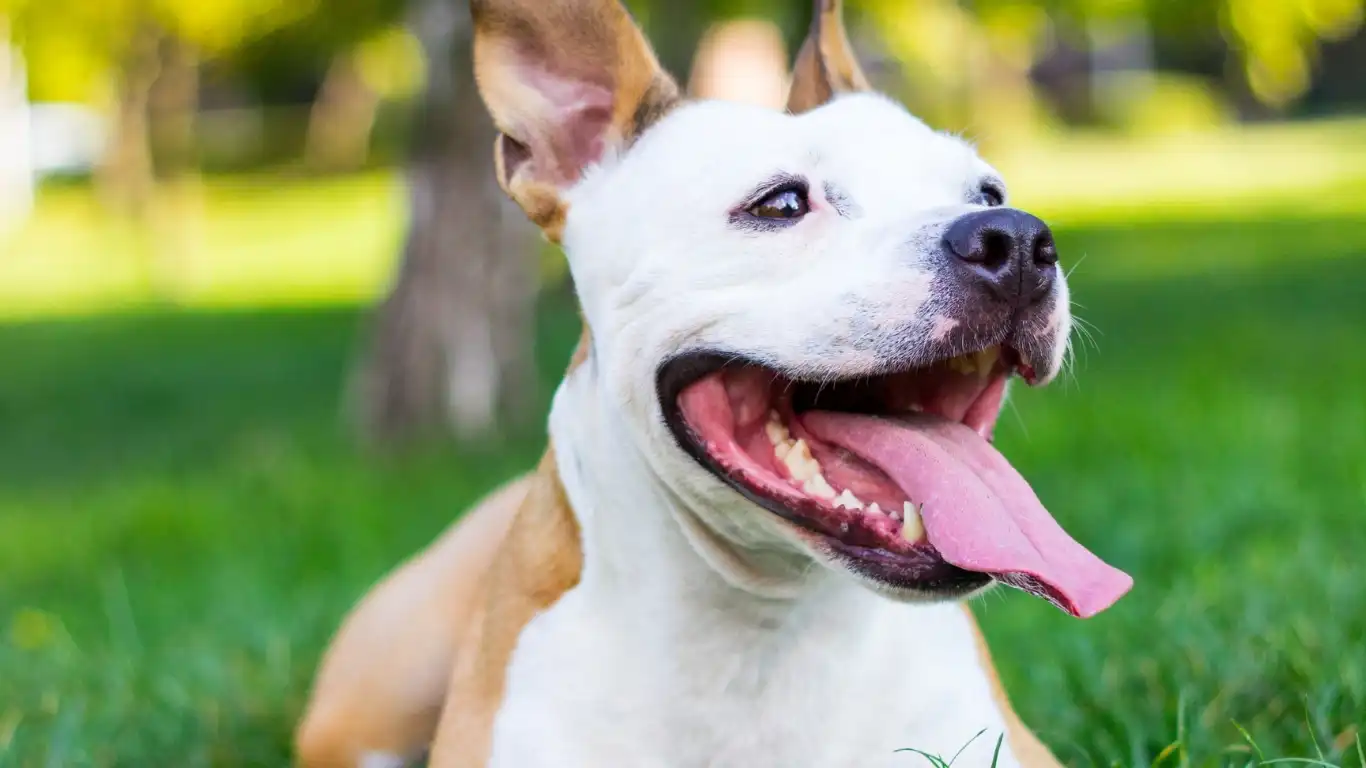
Use Calming Products
If you know your dog tends to get a little high-strung around new people, you can try incorporating calming products to help smooth the transition. There are many options available today—everything from calming sprays and pheromone diffusers to anxiety wraps. I’ve had clients who swear by certain calming treats, and I’ve seen firsthand how effective these can be in reducing anxiety during those first few introductions with a sitter.
- Calming collars: These collars release calming pheromones that can help settle your dog’s nerves.
- Lavender essential oils: A few drops in a diffuser can have a soothing effect on many dogs.
- Natural calming treats: These treats often contain ingredients like chamomile or valerian root that are known to calm anxious dogs.
When introducing a pet sitter, it’s best to use calming products in conjunction with positive reinforcement. For example, if your dog is a little on edge, consider offering a calming treat before the sitter arrives to help them feel more at ease. Just be sure to test these products beforehand to ensure your dog has no adverse reactions!
Slow Introductions Are Key
When it comes to helping your dog feel comfortable with their sitter, slow introductions are absolutely essential. If you’ve tried the “meet-and-greet” approach before and your dog seemed overwhelmed, don’t feel discouraged—it’s all about taking it one step at a time. I’ve seen many dogs go from hesitant to totally comfortable with the sitter over the course of just a few days, simply because the introduction was gradual and non-threatening.
Start by having the sitter come over for short visits, allowing your dog to adjust to their presence without pressure. The sitter doesn’t need to dive into playtime or interaction right away. Instead, they can simply sit in a chair and let your dog come to them at their own pace. It’s a great way for your dog to get used to the sitter’s scent and voice without feeling overwhelmed.

After a few low-key sessions like this, your dog will likely feel more at ease with the sitter. Don’t rush the process—let your dog take their time getting to know the new person. Every dog is different, and some may need more time than others. Trust the process and remain patient, and your dog will begin to understand that the sitter is someone they can trust.
What to Do If Your Dog Shows Aggression
Sometimes, no matter how careful you are, a dog may display signs of aggression when meeting a new person. This could be due to fear, territorial instincts, or simply not feeling comfortable in the situation. If your dog shows aggression, it’s important to stay calm and handle the situation appropriately. I’ve encountered dogs with varying levels of aggression, and the first thing to understand is that it’s not something that should be punished—it’s a behavior rooted in anxiety or fear.
Keep a Safe Distance
If your dog starts showing signs of aggression—whether it’s growling, barking, or lunging—don’t panic. The most important thing is to ensure everyone’s safety, including your dog’s. The first step is to separate them from the sitter for a moment. You can use baby gates or crates if needed to give your dog some space. Once they’re in a safe space, try to identify what might be causing the aggression. Is it the sitter’s sudden movements? The sound of their voice? Or maybe your dog is simply feeling overwhelmed?
- Give your dog space: Sometimes dogs just need a breather before they can calm down and adjust.
- Monitor body language: Watch for signs of stress, such as a tucked tail, wide eyes, or ears flattened against the head.
- Don’t force interaction: Let your dog come to the sitter when they feel ready, and never force physical contact.
If your dog has shown aggression in the past, it might be worth consulting a professional dog trainer who can help you address these behaviors. A trainer can work with you and your dog on desensitization techniques, making future interactions with the sitter much smoother.
Reward Positive Behavior
When your dog does make progress, be sure to reward them for their bravery and calm behavior. Praise, treats, and toys are great motivators. It’s important to reward your dog for choosing to interact with the sitter, even if they’re still a little nervous. Positive reinforcement encourages them to repeat the desired behavior and reinforces the idea that the sitter is a safe, non-threatening presence.

Over time, your dog will start to understand that the sitter is a friend, not a threat. With consistency and patience, your dog can overcome their initial anxiety or aggression and develop a strong, trusting relationship with the sitter. This is a huge win for both you and your dog!
Make Sure the Sitter Is Prepared Too
While most of the focus is understandably on how to introduce your dog to the sitter, it’s just as important to make sure the sitter is prepared. I’ve worked with plenty of professional pet sitters, and trust me—many of them are amazing with dogs. But they can’t always predict how your dog will react. So, having a conversation beforehand is key to making sure everyone is on the same page.
Make sure the sitter knows your dog’s likes, dislikes, and any quirks they should be aware of. For example, if your dog doesn’t like having their paws touched, make sure the sitter knows this in advance. A good pet sitter will take the time to get to know your dog’s needs and make sure they’re as comfortable as possible during the visit. Remember, the sitter’s job is to make your dog feel secure, just like you would.
What to Expect During the First Few Days
After the initial introduction to the pet sitter, the first few days can really set the tone for the entire relationship. I can’t tell you how many clients I’ve had who were nervous about leaving their dog for the first time, only to be surprised by how quickly their pup adjusted once the right steps were taken. The first days are crucial, and it’s important to manage expectations for both you and your dog. So, what should you expect when your dog is settling in with a new sitter?
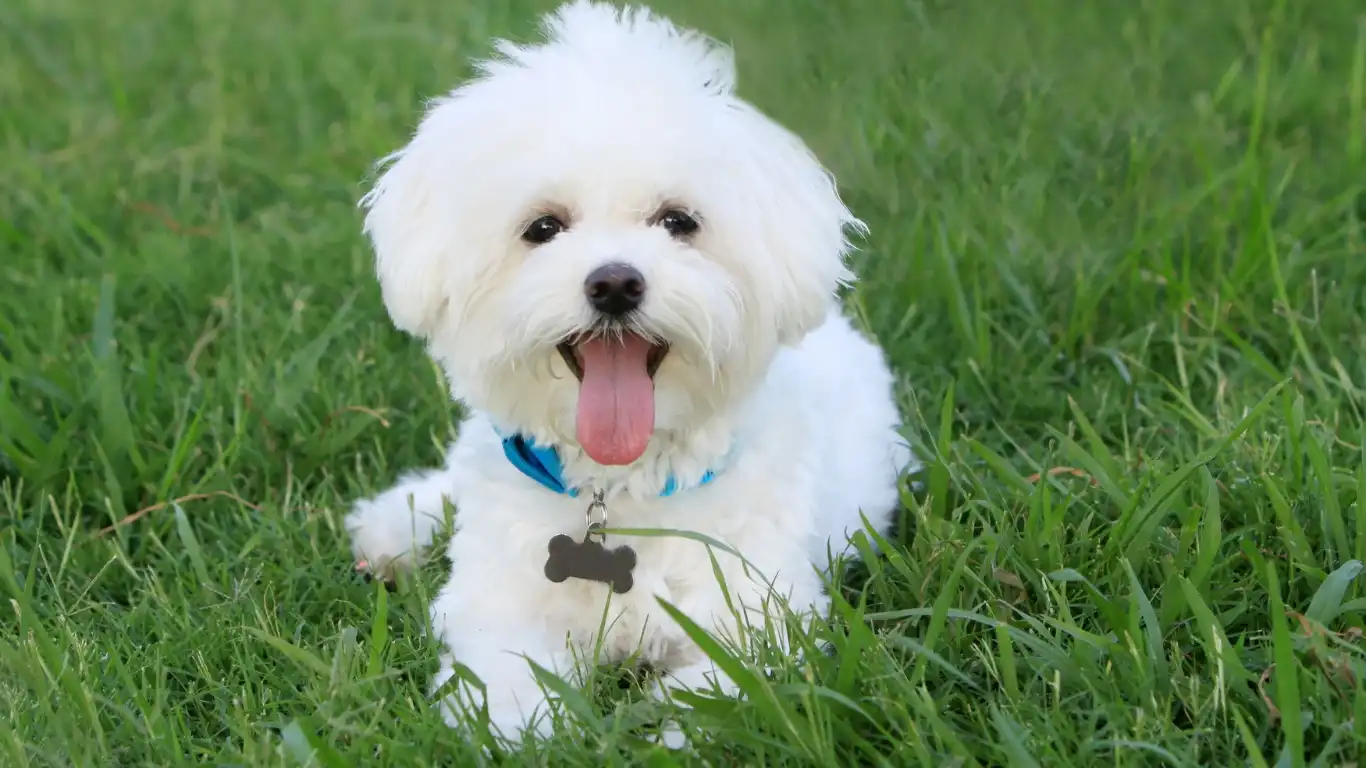
Check-In Frequently
If you’re new to using a pet sitter, it’s completely normal to feel a little anxious during those first few days. But trust me, it’s a great idea to check in with the sitter to see how things are going. Most sitters will send you updates throughout the day, but don’t hesitate to ask for extra updates if that helps you feel more at ease. If you’re using a sitter who’s part of an agency, they may also have a system in place for daily reports or even video chats with your dog.
- Daily updates: Some sitters will send you pictures or short videos of your dog’s day.
- Text check-ins: If your dog is feeling particularly nervous, a simple text message can help reassure you.
- Schedule a video call: Many dogs respond positively to seeing their owners through video calls, so consider this option if you’re feeling unsure.
As a Veterinary Technician, I always recommend staying in touch, especially if your dog has specific care needs that the sitter should be aware of. Having a line of communication open gives you peace of mind and lets the sitter know they’re supported. Just remember, over-checking might cause unnecessary stress on both you and your dog, so find a balance that works for everyone.
Observe Your Dog’s Behavior
It’s important to pay attention to how your dog is responding to the sitter over the first few days. Dogs will often show signs that they’re feeling either comfortable or stressed, and it’s your job to pick up on those cues. For example, if your dog seems to be more relaxed and engaging with the sitter, that’s a good sign that the introduction went well and they’re feeling comfortable.
However, if you notice signs of stress—like excessive barking, hiding, or refusal to interact—it might be worth discussing this with the sitter. These behaviors could indicate that your dog is still adjusting, or that there are some boundaries that need to be addressed. Don’t be afraid to give feedback to your sitter, especially if you feel like certain aspects of their approach aren’t working for your dog.

In my experience, dogs typically adjust within the first 24-48 hours, but every dog is different. Some may take longer to settle in, and that’s completely normal. If your dog is still showing signs of stress after a few days, it might be helpful to reassess the situation. A calm, patient approach always pays off in the long run.
Building Trust Over Time
Just like any relationship, trust is something that develops over time. Even if the first few days are a little rocky, don’t lose hope. Over time, your dog will begin to trust the sitter as a consistent, caring presence in their life. This takes time, and consistency is key. The more your dog sees that the sitter is a reliable figure in their life, the more likely they are to feel comfortable and safe.
Consistency is Key
If your dog is still adjusting after a few days, it’s important to continue the same approach every time the sitter comes over. Dogs thrive on routine, and knowing that the sitter follows the same pattern of care each time will help them feel more secure. For example, if your dog knows that the sitter arrives, gives them a quick walk, then feeds them their favorite meal, it builds a sense of predictability that reduces anxiety.
On the flip side, inconsistent care can leave your dog feeling confused and unsettled. I’ve seen dogs who were introduced to multiple sitters in a short period of time, and the lack of consistency really affected their ability to settle down. I always recommend sticking with the same sitter, especially if your dog is on the more sensitive side. This creates a stable environment where your dog can start to form a real bond with the sitter.
Give Your Dog Time to Adjust
Remember, this is a process, and it can take time. Your dog might not instantly bond with the sitter, but that doesn’t mean it’s not going to happen. Over time, you’ll start to notice subtle signs of comfort, like wagging tails, sitting near the sitter, or even following them around the house. These are the little things that show your dog is starting to trust them. And those signs? They’re worth celebrating!
In my experience, some dogs may take longer to warm up than others, but with patience and care, they will start to form a relationship with the sitter. It’s like building any other relationship—it takes effort, understanding, and time.
References
For more information on dog behavior and how to introduce a new sitter, here are a few resources that can provide additional insights:
- American Kennel Club (AKC) – Dog Care Tips
- PetMD – Dog Behavior and Health Articles
- AKC Guide: Introducing Your Dog to New People
- National Institutes of Health (NIH) – Pet Health
Disclaimer
The content shared in this article is based on my personal experience as a Veterinary Technician and the observations I’ve made working with dogs and pet sitters over the years. While I’ve seen these methods work for many pet owners, every dog is unique. Please consult with a professional trainer or veterinarian if you feel your dog’s behavior warrants further attention. This article should not be considered a substitute for professional advice, and individual results may vary depending on the dog’s personality, needs, and temperament.
